Acrylic Painting on Canvas Team Bonding Art Jamming Singapore Visual Arts Centre
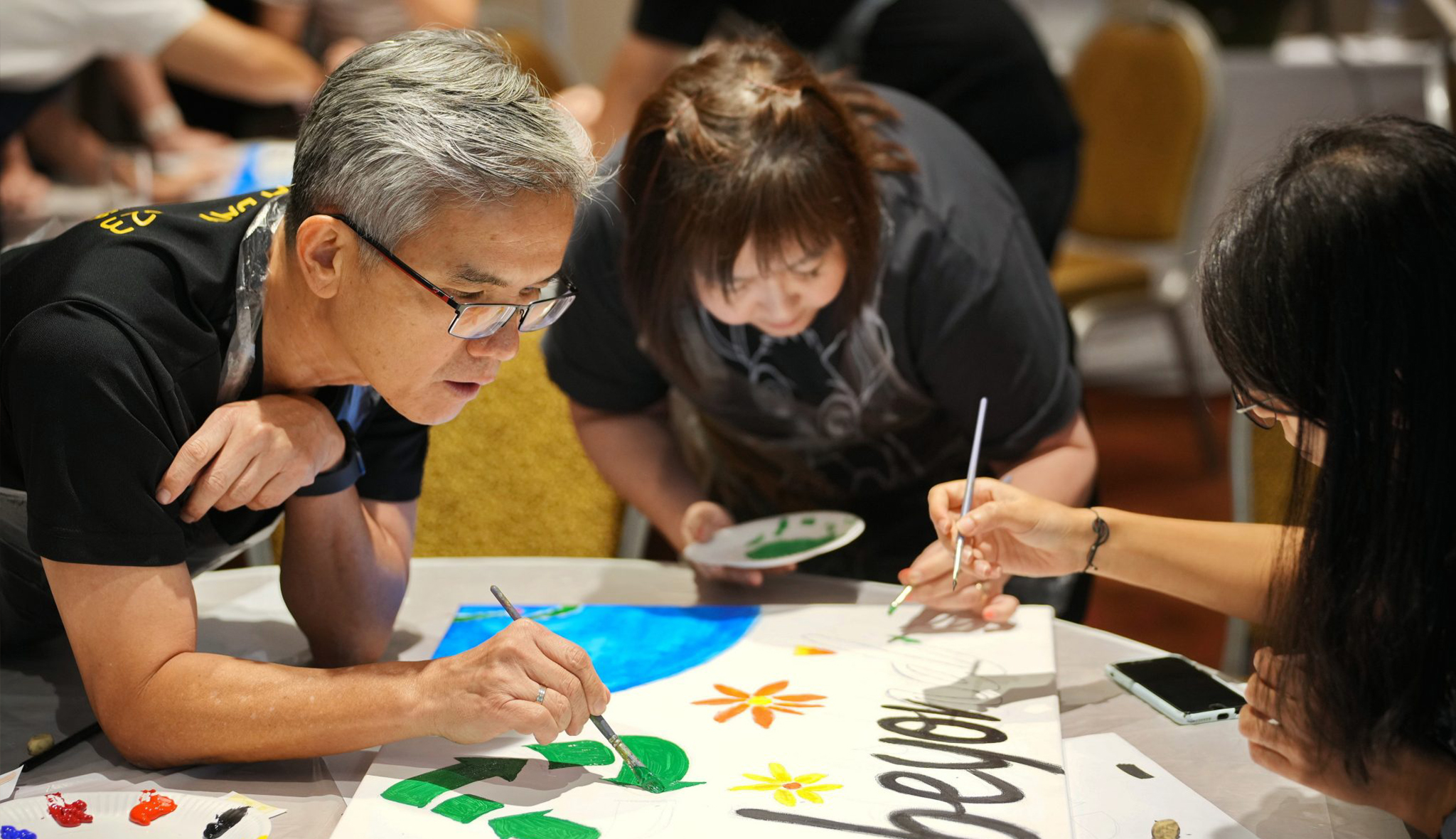
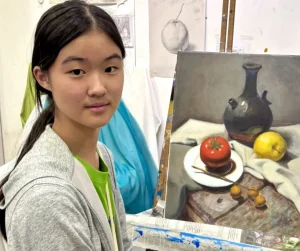






















Yeo Hoe Koon
Oil on Canvas
64 x 89.5 cm
Price Range: $16,000 - $20,000

Yeo Hoe Koon
Oil on Canvas
101 x 123 cm
Price Range: $26,000 - $32,000
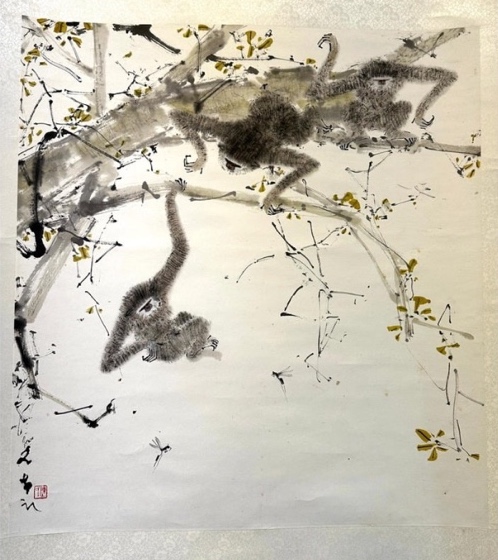
Chen Wen Hsi
Chinese Ink and Color on Paper
50 x 54cm
Price Range: SGD $42,000 - $50,000
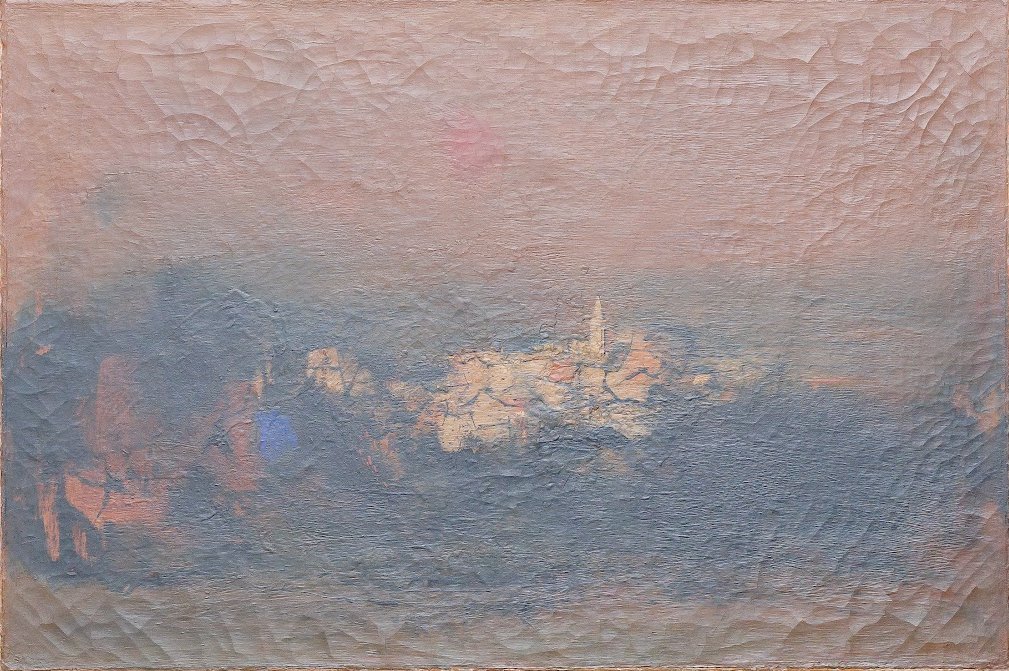
Cheong Soo Pieng
Red Tone
61 x 91.5cm
Price Range: SGD $108,000 - $138,000
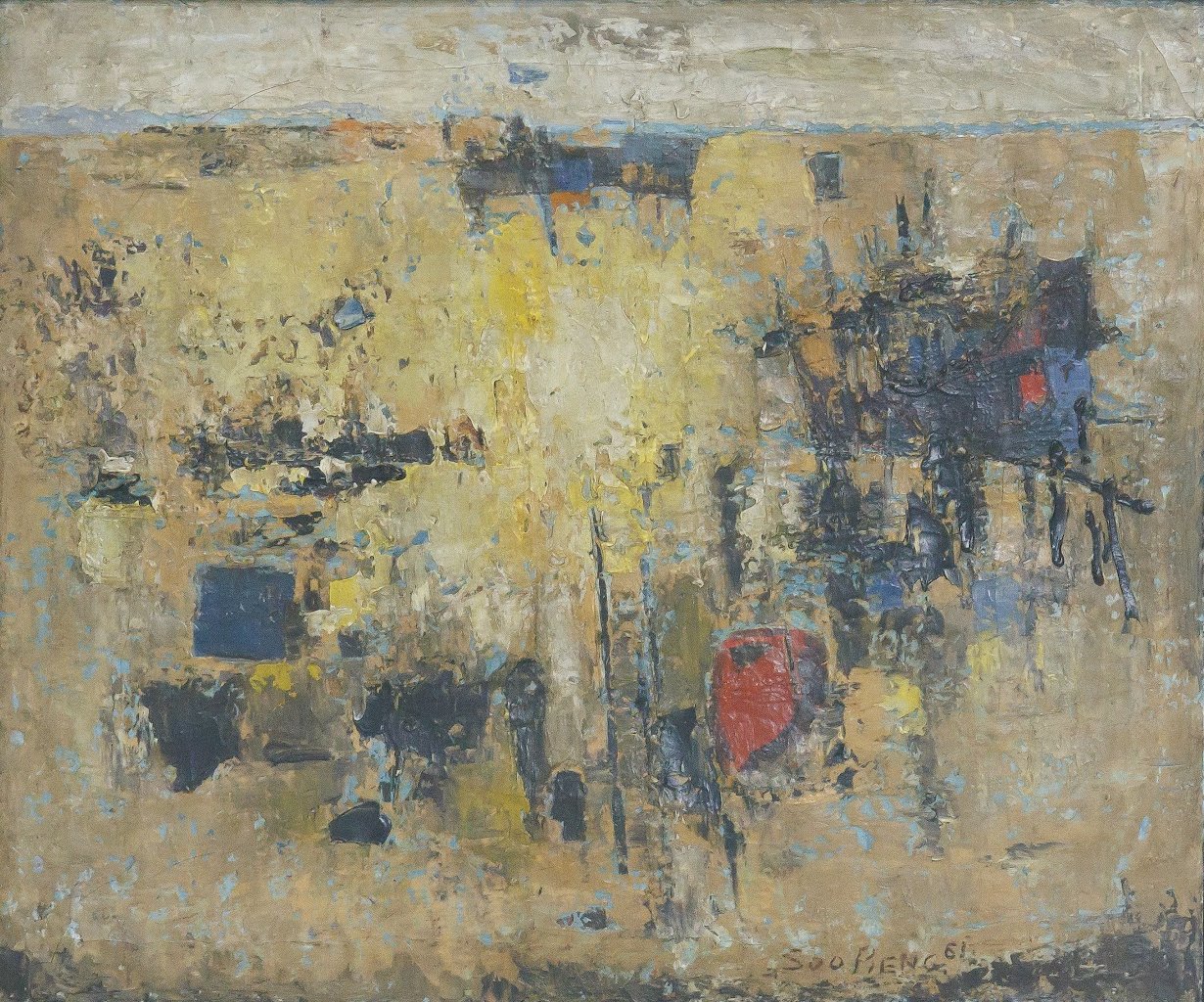
Cheong Soo Pieng
Abstract Landscape
50 x 61cm
Price Range: SGD $95,000 -$128,000
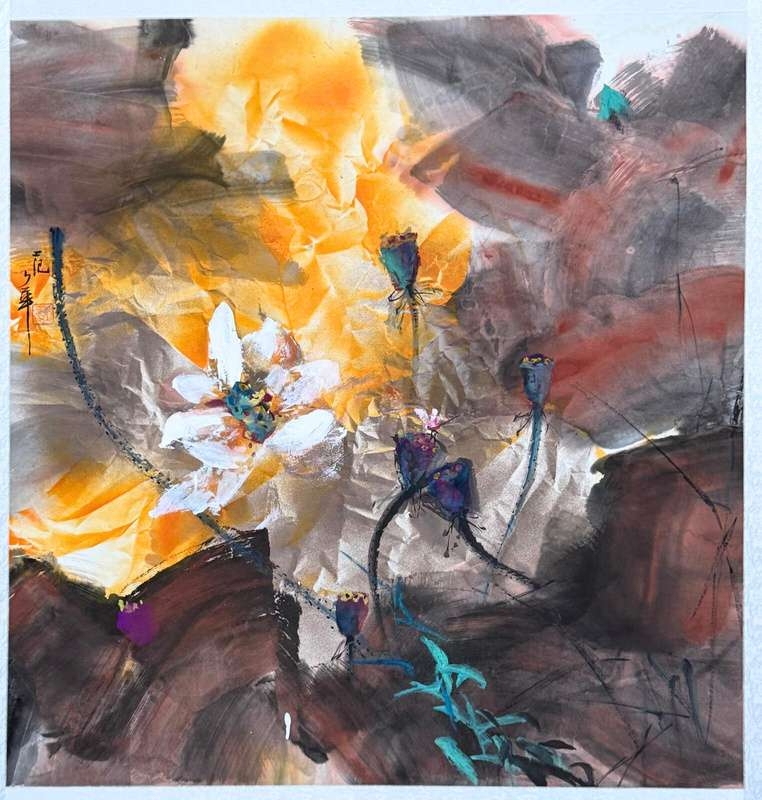
Fan Shao Hua
Chinese Ink and Colour on Paper
100 x 100cm
Price Range: SGD $9,800 - $14,800
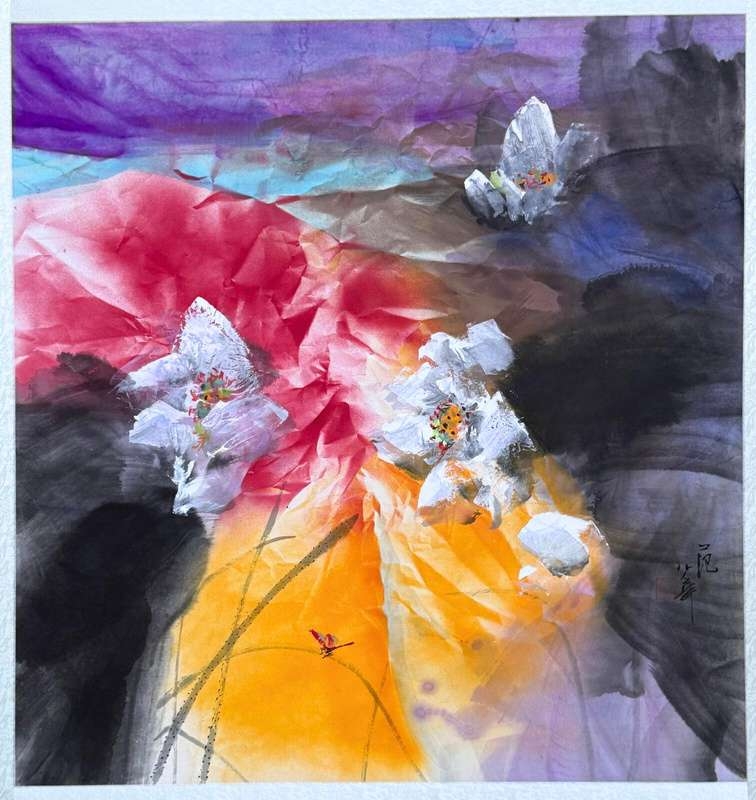
Fan Shao Hua
Chinese Ink and Colour on Paper
100 x 100cm
Price Range: SGD $8,800 - $13,800


For centuries, Persian rugs have captivated imaginations with their exotic allure. They are a testament to a mysterious ancient culture that has maintained its identity for over 3000 years. One that has withstood invasions and occupations from both the West and the East, thriving on absorbing the essence of their foes and friends. The profound history of the land, the captivating myths and legends, and the rich tapestry of scriptures, traditions, and folklore have all played a pivotal role in shaping a wealth of literature and a deep collective memory. This cultural wealth continues to manifest in the expressions of the natives on a variety of mediums, including the mesmerizing designs of Persian rugs.
Analyzing a Persian rug is only possible by understanding the history, culture, and people behind these unique creations. I have been intrigued by the stories these beautiful pieces have to tell and am proud of my consistent quest to discover the messages the weavers have embedded in them for us to hear. This exhibition is about sharing the beauty of a collection of carefully curated rugs and their stories, for it is only by knowing the story that one can see them shining in their full glory.
Nasser Nishaburi


Dates
Preview: September 10th, 15:00 – 20:00
September 11th to 16th, 11:00 – 20:00
Venue
Visual Arts Centre
(10 Penang Rd, #01-02, Dhoby Ghaut Green, Singapore 238469)
Admission: Free – Catalogue available at the venue.

Embark on a captivating journey into the vibrant world of digital art! Our Foundation in Digital Art workshop invites budding creatives aged nine and above to unleash their imagination and hone their artistic skills in a dynamic, supportive environment. From mastering basic digital tools to crafting mesmerizing digital masterpieces, children will explore a spectrum of techniques guided by seasoned mentors. Through hands-on activities and interactive sessions, participants will discover the endless possibilities of digital expression while fostering creativity and critical thinking. Join us for an exhilarating adventure where young artists transform ideas into stunning visual realities, igniting a passion for digital art
In the Batik Introduction Handkerchief Painting workshop, participants will learn the traditional art of batik, a wax-resist dyeing technique originating from Indonesia. The workshop begins with a brief history and overview of batik, highlighting its cultural significance and various techniques. Participants will then observe a demonstration of applying wax with tjanting tools and dyeing the fabric. Following the demonstration, each participant will design and create their own batik handkerchief, applying wax to create patterns and then dyeing their fabric. The workshop concludes with a group discussion, allowing participants to share their creations and reflect on their learning experience.